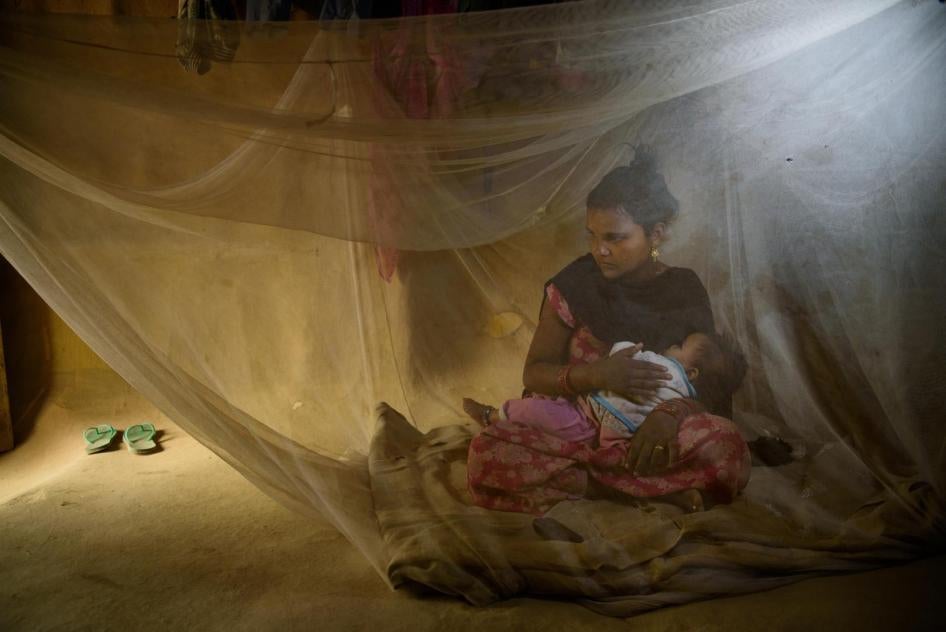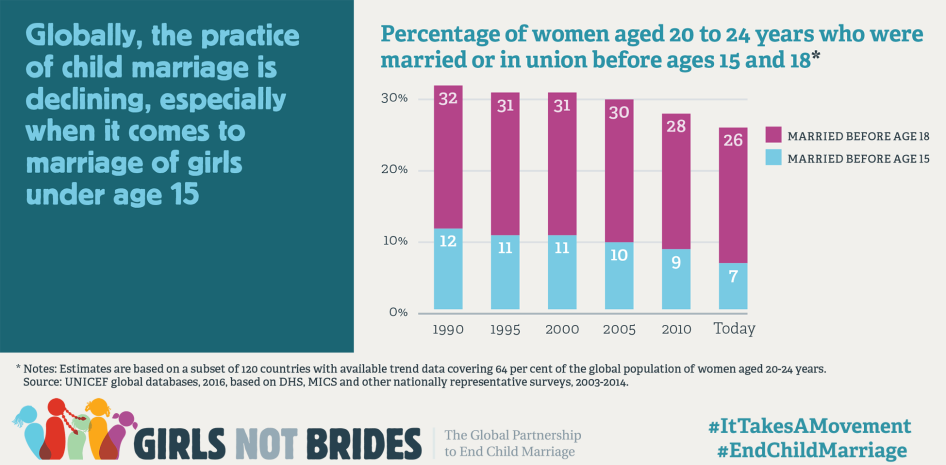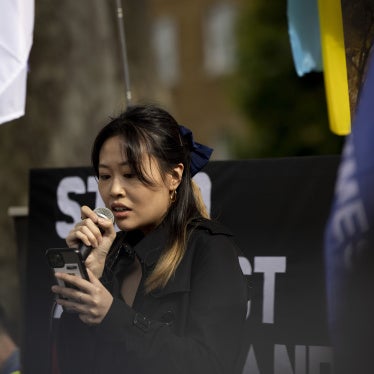When Lalita was 12-years-old her parents arranged for her to marry a 37-year-old man. By the time Human Rights Watch met her last April in Nepal, she was 17 and had given birth to three children – two of whom died as newborns. “[The doctors] told me it was because I was too young,’” Lalita told us. Later her husband left her and married another woman. “I don’t want what happened to me to happen to [my daughter],” she said. “My life is destroyed. I hope it will turn out differently for her.”
Lalita lives in Nepal, but Human Rights Watch investigations in Afghanistan, Bangladesh, Malawi, South Sudan, Tanzania, Yemen, and Zimbabwe have uncovered many similar stories. We consistently find that child marriage harms girls’ mental and physical well-being, and threatens their education and safety.
It’s easy to get discouraged about child marriage – particularly when reforms are slow and 15 million girls marry before age 18 each year. Still, there is some cause for guarded optimism. In a progress report released yesterday, the international coalition Girls Not Brides found that global rates of child marriage are declining, particularly for girls under age 15.
These changes are encouraging, but tenuous. A growing global population means that even with a smaller percentage of girls marrying, the absolute numbers of girls married as children is rising. There are roughly 720 million women who married before age 18 alive today, and if child marriage continues at the same rate, this number will reach 1.2 billion by 2050, according to UNICEF.
This Sunday marks the one-year anniversary of the United Nations Sustainable Development Goals (SDGs) – in which governments committed to eliminate child marriage by 2030. Meeting this target will require holding governments accountable by ensuring they develop comprehensive implementation plans tailored to local contexts. Governments will need to pass laws setting 18 as the minimum marriage age, and listen to girls about what they really need.
The Girls Not Brides progress report serves as a reminder that change is possible. But governments have to dramatically accelerate their efforts to meet the goal of ending child marriage. Lalita’s daughter and the next generation of girls are counting on them.









